Report: Power-efficient servers are the key to fully realized and environmentally sound 5G
5G services ecosystem “hungry” for new sources of revenue and operational efficiencies
The 5G services ecosystem needs to combine operational efficiencies with energy savings to see the full potential of 5G and hit net-zero commitments, according to the conclusions of a new report.
Efficiency and sustainability innovations should be sought out at every layer, according to the latest Vanguard report from 451 Research, with CPU technology pitched as the first place to start.
The report, written by 451’s research director Brian Partridge, revealed that sustainability goals are rapidly driving the feature requirements of infrastructure in network core and edge systems.
“The 5G services ecosystem is hungry for new sources of revenue and operational efficiencies to set a path to a positive return on investment on the billions already spent and the billions more yet to be spent,” Partridge wrote in the report.
As many in the industry will suggest, the true benefits of 5G are still waiting to be discovered.
The first phase of 5G was largely consumer-focused and brought only ‘mixed results’, generally pulling in little impact on top-line revenues.
The next chapter in that story, however, should see the technology fully realized with full density, greater coverage, and the advancement of edge locations.
Get the ITPro daily newsletter
Sign up today and you will receive a free copy of our Future Focus 2025 report - the leading guidance on AI, cybersecurity and other IT challenges as per 700+ senior executives
This should give operators a dynamic and flexible platform to innovate new services and partner opportunities, all while they reap the benefits of operational efficiencies through automation and sustainability capabilities.
A key area of improvement for many that took part in the report was alternative x86 servers.
For user plane functions at the network edge, x86 servers are the default, but 66% indicated in the report that they would be willing to consider an alternative x86 platform versus an incumbent provider to support network core and edge workloads. The number-one reason cited for this is the chance to find better performance and energy efficiency gains.
RELATED RESOURCE

Discover a datacenter revitalization strategy that will help you dominate
DOWNLOAD NOW
The survey even noted that even among those unwilling to consider changing their x86 supplier, efficiency still factored into the selection.
This is because they were hopeful that the default or ‘incumbent’ providers would eventually catch up with technology to match the alternative suppliers’ energy performance.
Companies like AMD can be classed as one of the alternatives, with its processor product portfolio – its EPYC processors – for example, being used to power some of the world’s most energy-efficient x86 servers.
The real appeal here is that it can meet application performance demands but with fewer physical servers than its competitors.
The result is a smaller data center footprint, lower hardware expenditure, reduced cooling requirements, and savings on network costs.
EPYC is built to work in cloud-native environments, according to AMD, which is a crucial element to 5G performance.
The high core counts and compute density in the product line also enable companies to scale up microservices, virtualization, input and output performance, and broad memory bandwidth.
ITPro is a global business technology website providing the latest news, analysis, and business insight for IT decision-makers. Whether it's cyber security, cloud computing, IT infrastructure, or business strategy, we aim to equip leaders with the data they need to make informed IT investments.
For regular updates delivered to your inbox and social feeds, be sure to sign up to our daily newsletter and follow on us LinkedIn and Twitter.
-
 Cleo attack victim list grows as Hertz confirms customer data stolen
Cleo attack victim list grows as Hertz confirms customer data stolenNews Hertz has confirmed it suffered a data breach as a result of the Cleo zero-day vulnerability in late 2024, with the car rental giant warning that customer data was stolen.
By Ross Kelly
-
 Lateral moves in tech: Why leaders should support employee mobility
Lateral moves in tech: Why leaders should support employee mobilityIn-depth Encouraging staff to switch roles can have long-term benefits for skills in the tech sector
By Keri Allan
-
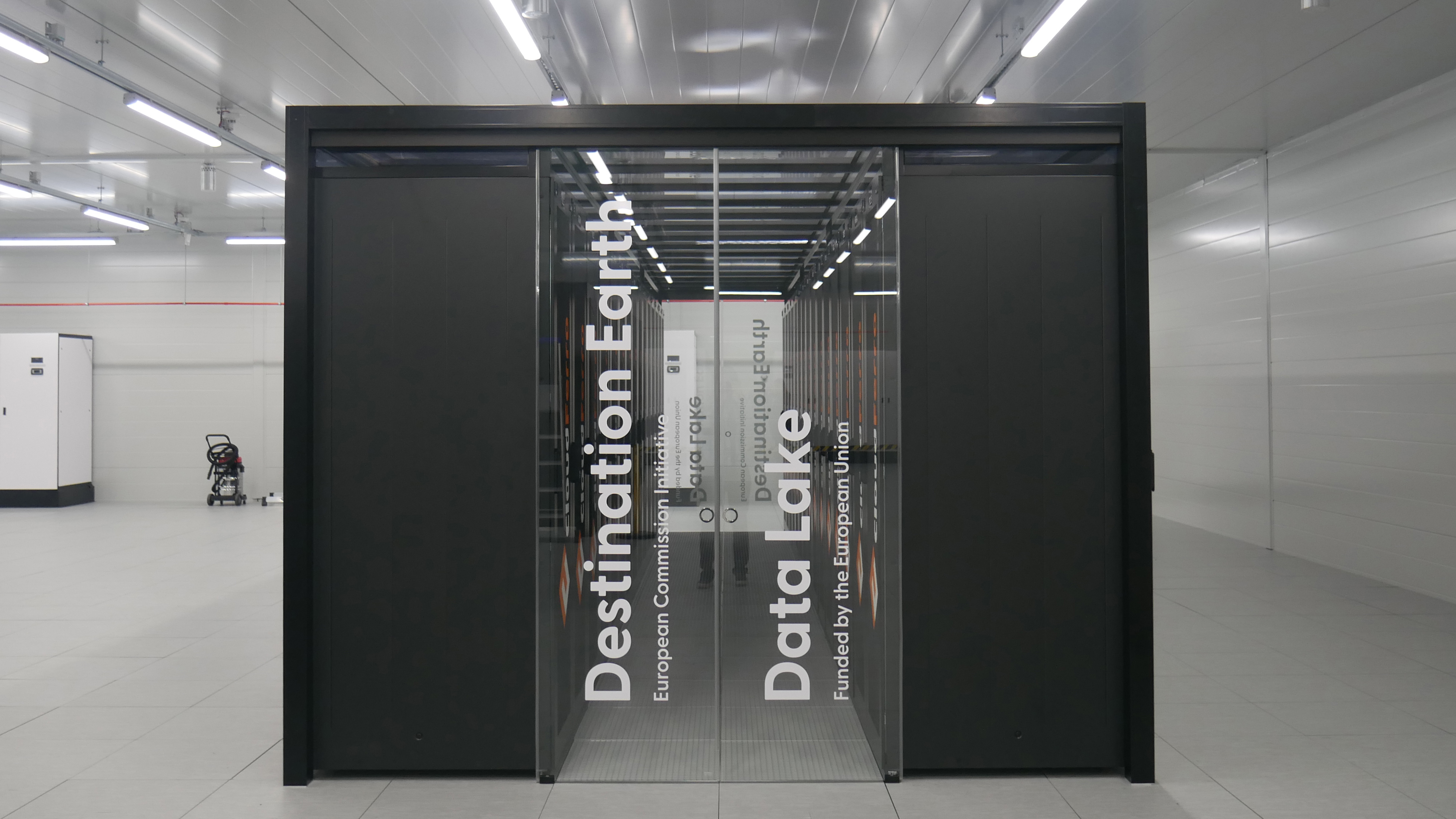 Supercomputing in the real world
Supercomputing in the real worldSupported Content From identifying diseases more accurately to simulating climate change and nuclear arsenals, supercomputers are pushing the boundaries of what we thought possible
By Rory Bathgate
-
 From the dance floor to the data center
From the dance floor to the data centerSupported content How tech innovation is changing and shaping our personal and working lives for the better
By ITPro
-
 The new era of the supercomputer
The new era of the supercomputerFueled by AMD’s Mi300A APUs, the El Capitan supercomputer could herald a seismic shift in computational capabilities and unlock a new wave of scientific research and development when it launches in 2024
By ITPro
-
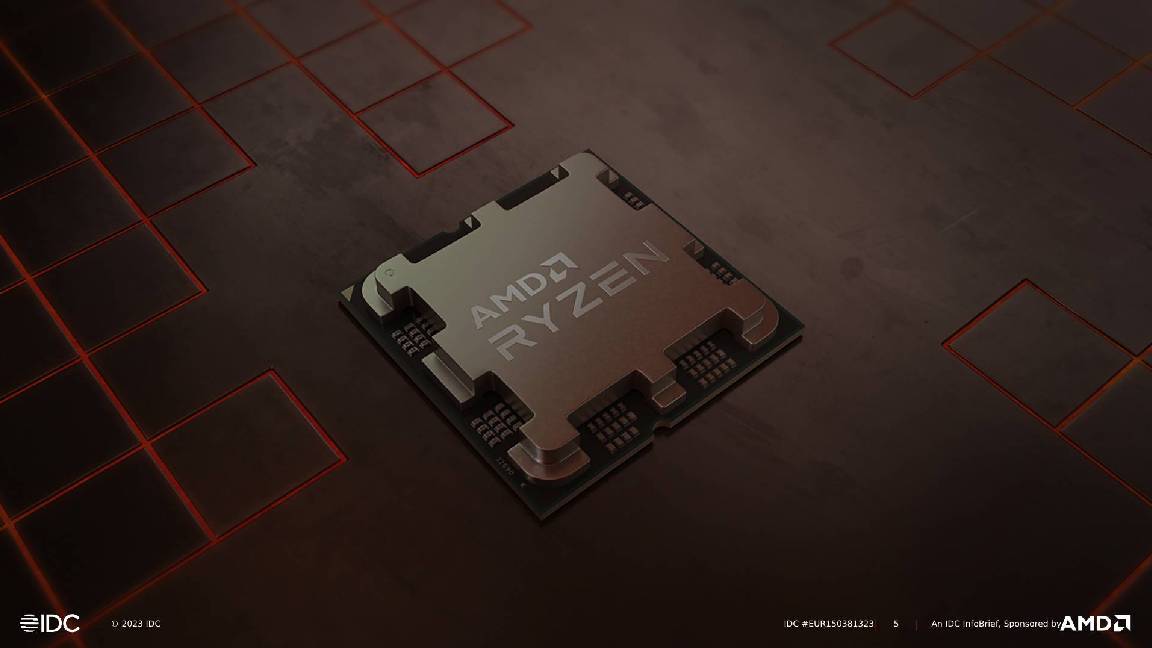 Delivering profitable hosting services at lower prices
Delivering profitable hosting services at lower priceswhitepaper How developing services using entry-level CPU platforms can help grow your hosting business
By ITPro
-
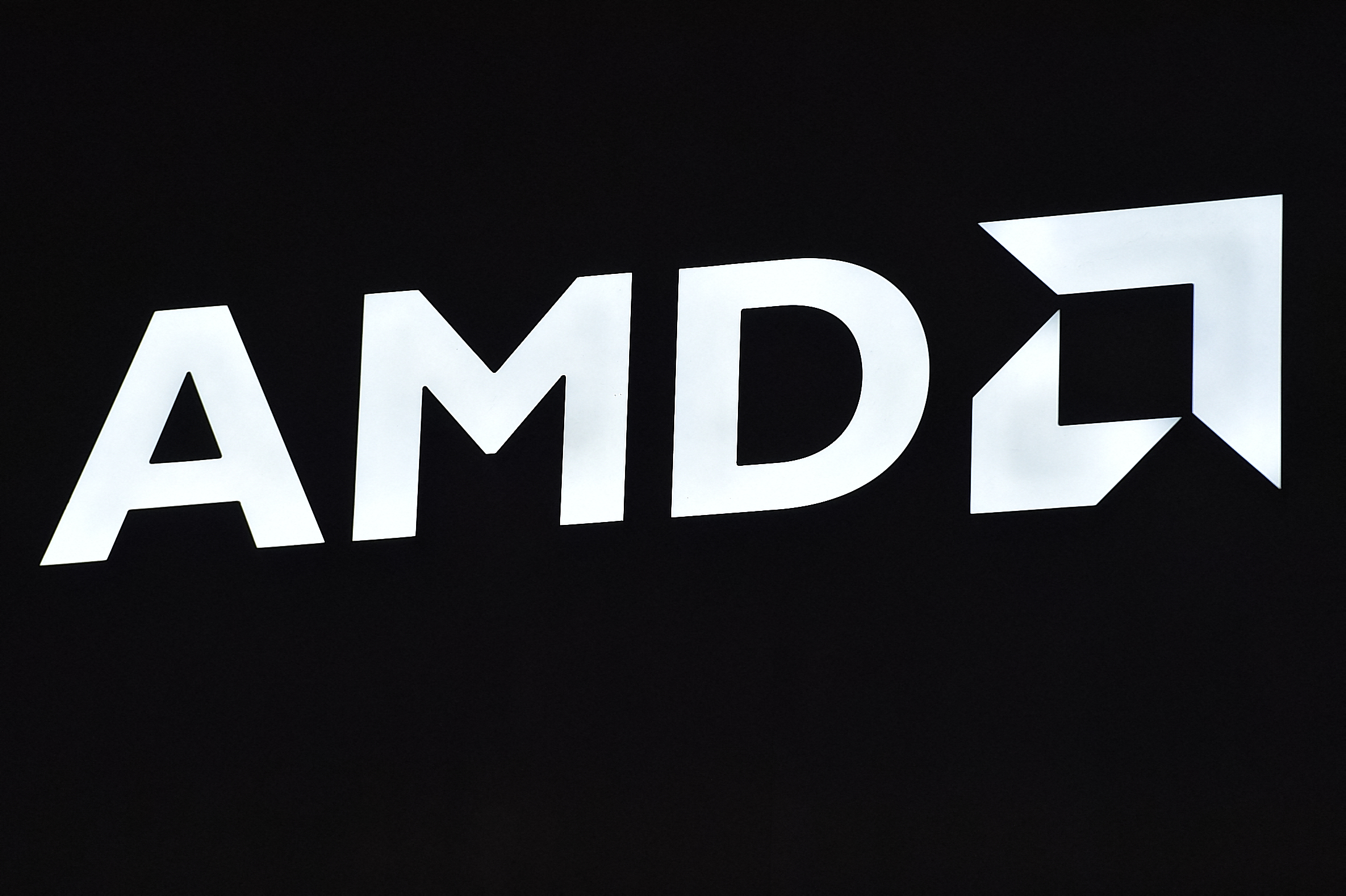 Data center efficiency should start at the processor level, report claims
Data center efficiency should start at the processor level, report claimsSupported editorial Choosing a processor that can ramp up computational work, but with fewer physical servers, can immediately reduce a data center’s carbon footprint
By ITPro
-
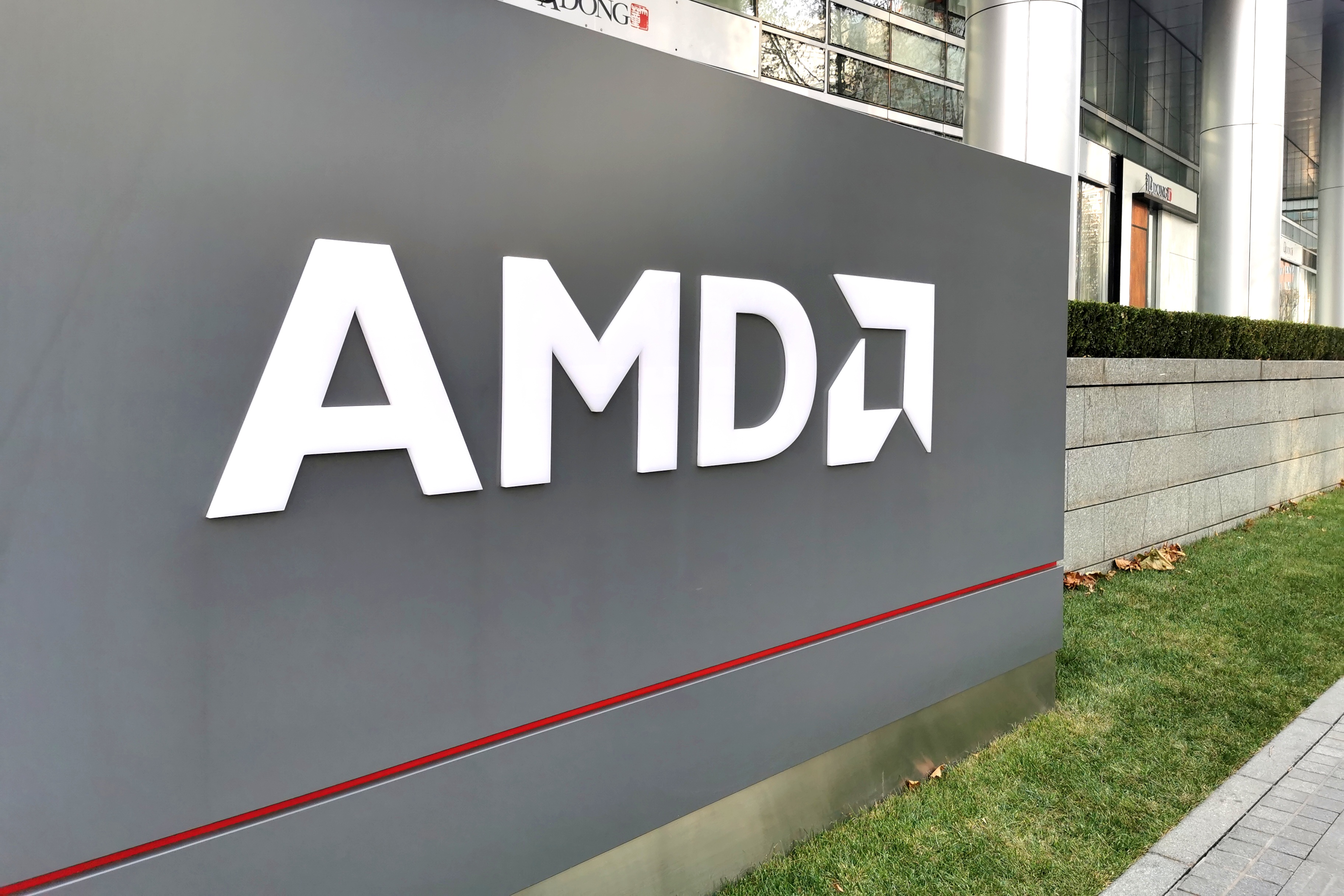 AMD’s extended 3rd generation EPYC CPUs fill the “technology gap” left by the race for AI
AMD’s extended 3rd generation EPYC CPUs fill the “technology gap” left by the race for AISupported Editorial The range offers good value, security and efficiency for day-to-day workloads, the company claims
By ITPro
-
 Revitalize your aging datacenter
Revitalize your aging datacenterwhitepaper The real value of datacenter modernization
By ITPro
-
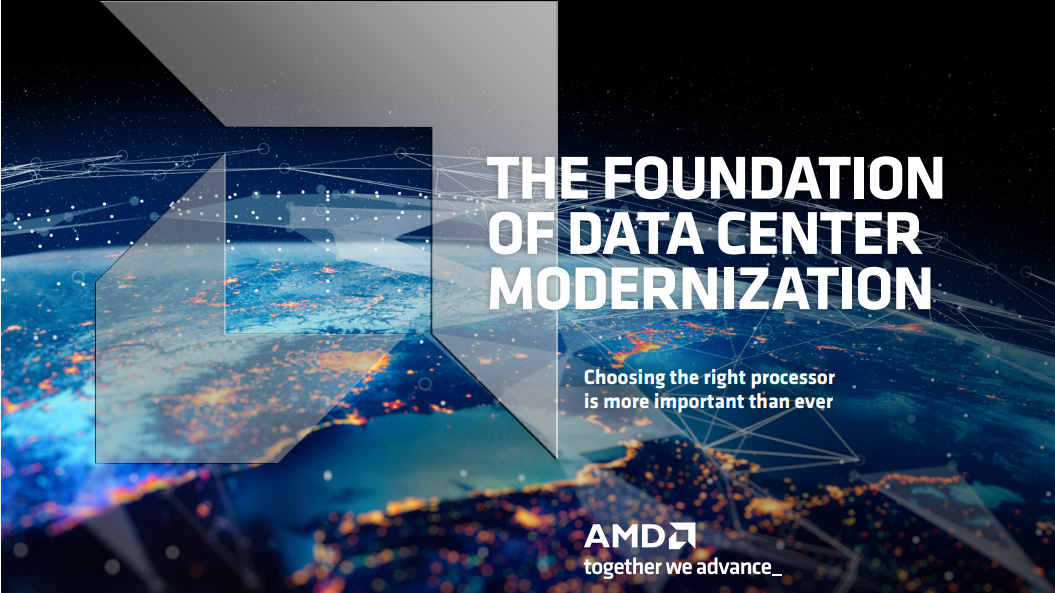 The foundation of data center modernization
The foundation of data center modernizationWhitepaper Choosing the right processor is more important than ever
By ITPro
